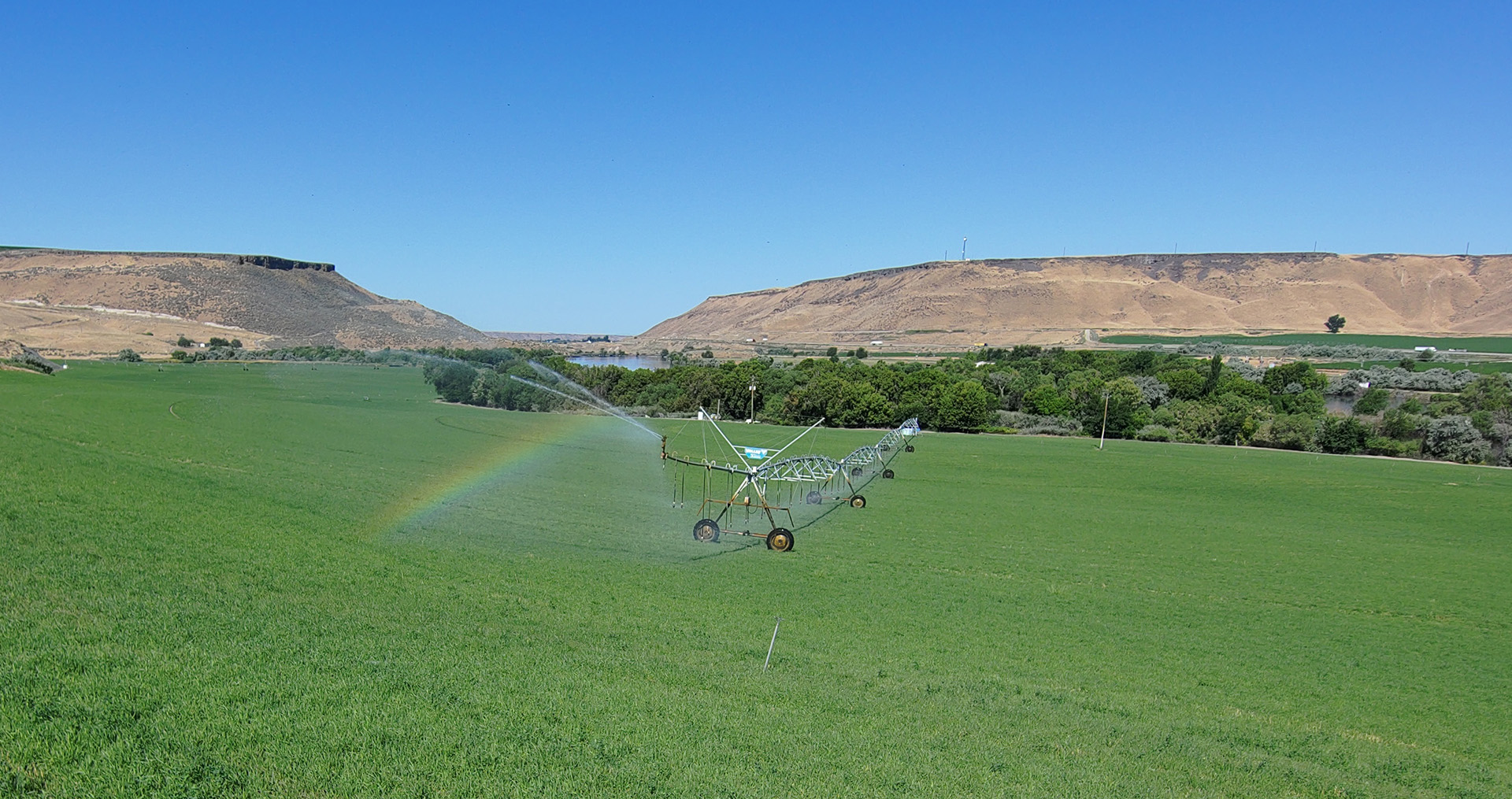Electricity used to run irrigation pumps is often a large contributor to total energy use on farms.
Ensuring your irrigation system is operating as efficiently as possible may reduce overall energy costs and can result in water savings and better uniformity. Here are some water and energy saving ideas that can earn you an incentive from our Irrigation Efficiency program.
Improvements that qualify for an Irrigation Efficiency Menu incentive:
- Make sprinkler system repairs, such as replacing worn nozzles and sprinkler heads
- Replace worn and leaking wheel line levelers
- Replace plugged or worn out low-pressure pivot regulators and sprinkler heads
- Minimize system leaks by replacing gaskets and riser caps and repairing leaking pipe
*Note: Most irrigation components are rated for approximately five years before they begin to wear out and leak.
Improvements that qualify for an Irrigation Efficiency Custom incentive:
- Changing from a system that requires high pressure (greater than 55 psi) to a system that requires low pressure (less than 55 psi)
- Installing new, more energy efficient equipment, such as high-efficiency motors with improved bearings and other up-to-date design technologies
- Motors are correctly rated for the specific load usage
- Check your pump and irrigation systems run at recommended flow rates and pressure with the correct suction setup so it operates at the lowest horsepower requirement. Apply water at a rate that the soil can accept. Any higher, and the water might run-off without soaking in
- Reduce friction losses requiring higher pressure by replacing old steel mainline with new plastic mainline
Other ideas that can save water and reduce energy costs:
- Plant wind breaks to reduce evaporation in the fields
- Consider planting less water-intensive crops
- Use energy efficient water-conserving irrigation practices
- Adopt irrigation scheduling methods
- Adopt deficit irrigation practices to conserve water
- Minimize system leaks, especially if you have numerous connections
- Check your pump and irrigation systems run at recommended flow rates and pressure with the correct suction setup so it operates at the lowest horsepower requirement. Apply water at a rate that the soil can accept. Any higher, and the water might run-off without soaking in
- Ensure your irrigation fittings and pipes are clean on the inside. Internal scum can increase friction and pumping costs
